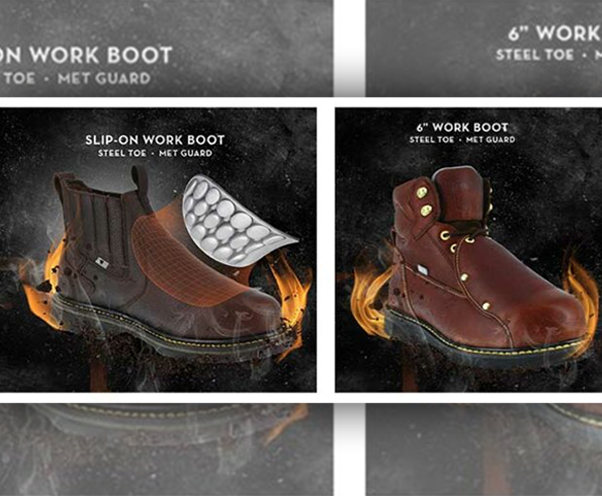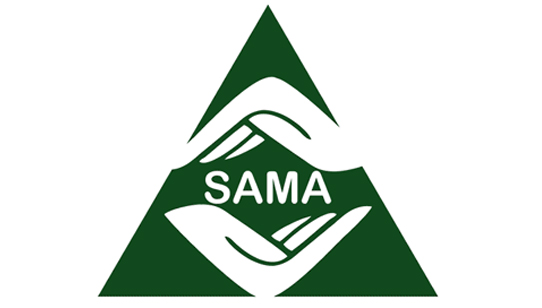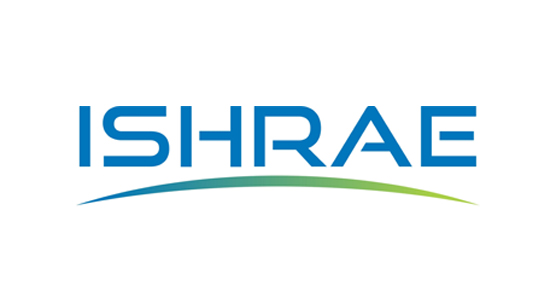Metatarsal Guards: Benefits, Types and Features

Metatarsal guards protect the foot’s metatarsal bones from heavy impacts, compression, and falling objects in hazardous workplaces. Available in external and internal types, they offer benefits like enhanced safety, comfort, and compliance with workplace safety regulations. Key features include durable materials, ergonomic designs, and compatibility with safety footwear for maximum protection.
Introduction
Foot injuries are a common workplace hazard, especially in industries involving heavy machinery, construction, and manufacturing. The metatarsal bones, located in the upper part of the foot, are particularly vulnerable to impact and compression injuries. To safeguard workers, metatarsal guards are an essential component of safety footwear, designed to provide reinforced protection against workplace hazards.
This article explores what metatarsal guards are, their benefits, types, and key features, ensuring that workers and employers make informed choices to enhance workplace safety.
What Are Metatarsal Guards?
Metatarsal guards (Met Guards) are protective devices designed to shield the top of the foot and metatarsal bones from heavy objects, compression forces, and potential impact injuries. These guards are commonly used in high-risk industries where workers face the danger of falling tools, heavy materials, or accidental collisions with equipment.
Metatarsal guards are typically built into safety footwear or attached externally to standard work boots. They are engineered using impact-resistant materials such as steel, aluminum, fiberglass, Kevlar, or thermoplastics, offering superior protection while maintaining flexibility and comfort.
Benefits of Metatarsal Guards
Using metatarsal guards provides several advantages for workplace safety and compliance:
1. Prevents Serious Foot Injuries
• Shields the metatarsal bones from crushing injuries caused by heavy machinery or falling objects.
• Reduces the risk of fractures, bruises, and soft tissue damage in hazardous environments.
2. Compliance with Safety Regulations
• Meets OSHA (Occupational Safety and Health Administration) and ANSI (American National Standards Institute) safety standards for protective footwear.
• Helps companies comply with workplace safety requirements, avoiding penalties and legal issues.
3. Enhances Worker Confidence and Productivity
• Provides peace of mind for workers, knowing their feet are protected.
• Reduces workplace downtime due to injuries, improving overall efficiency.
4. Comfortable and Ergonomic Designs
• Modern metatarsal guards are designed for lightweight protection without restricting movement.
• Some designs feature flexible materials for improved comfort during long work hours.
5. Resistant to Heat, Chemicals, and Abrasion
• High-quality metatarsal guards protect against chemical spills, high temperatures, and sharp objects.
• Ideal for welding, foundries, construction sites, and industrial workplaces.
Types of Metatarsal Guards
Metatarsal guards come in different forms to suit various work environments and protection levels:
1. External Metatarsal Guards
• Removable guards that can be strapped onto existing safety boots.
• Typically made of rigid materials like steel, composite plastic, or fiberglass.
• Advantages:
o Can be added to any standard work boot, increasing flexibility.
o Suitable for workers who need temporary metatarsal protection.
• Disadvantages:
o May feel bulky and less integrated compared to internal designs.
o Requires proper fitting to avoid discomfort.
2. Internal Metatarsal Guards
• Built-in protection within the safety boot, offering a seamless design.
• Made from lightweight, impact-resistant materials like Kevlar or thermoplastic polyurethane (TPU).
• Advantages:
o Provides better comfort and stability compared to external guards.
o More durable and long-lasting.
• Disadvantages:
o Fixed design means workers must buy specific metatarsal-protected boots.
3. Rigid vs. Flexible Metatarsal Guards
• Rigid Guards: Made from steel or hard plastic, offering maximum impact resistance.
• Flexible Guards: Made from Kevlar or composite materials, allowing for better movement while still absorbing shocks.
4. Heat-Resistant and Chemical-Resistant Met Guards
• Used in high-temperature environments such as foundries and welding sites.
• Made from fireproof and chemical-resistant materials to withstand extreme conditions.
Key Features of Metatarsal Guards
When selecting the right metatarsal guards, consider the following essential features:
1. Material Composition
• Steel: Highly durable but can be heavy.
• Composite Materials (Fiberglass, Kevlar, TPU): Lightweight, flexible, and non-conductive, ideal for electrical work.
• Aluminum: Lighter than steel while still providing strong protection.
2. Impact Resistance
• Should meet ASTM (American Society for Testing and Materials) or EN (European Norm) safety standards.
• Must be tested for crushing, falling object impact, and puncture resistance.
3. Comfort and Fit
• Look for ergonomic designs that allow flexibility and movement.
• Choose breathable materials to prevent discomfort during long work shifts.
4. Compatibility with Safety Boots
• External met guards should be adjustable to fit different boot sizes.
• Internal met guards should provide a snug fit without restricting movement.
5. Resistance to Environmental Hazards
• Some metatarsal guards offer heat resistance, chemical resistance, and waterproofing.
• Ideal for industries like welding, oil and gas, construction, and mining.
Industries That Require Metatarsal Guards
Several industries mandate the use of metatarsal guards due to high injury risks:
• Construction: Protects workers from falling tools and materials.
• Manufacturing & Heavy Industry: Shields against machinery-related injuries.
• Oil & Gas: Protects from spills, burns, and impact hazards.
• Mining: Essential for preventing crush injuries from rocks and heavy equipment.
• Welding & Foundries: Provides heat and fire-resistant protection.
Conclusion
Metatarsal guards are a critical safety feature for workers exposed to foot-related hazards. Whether using external or internal met guards, selecting the right type based on industry requirements ensures optimal protection, comfort, and compliance with safety regulations. Investing in high-quality metatarsal guards prevents injuries, enhances productivity, and ensures long-term workplace safety.





.png)







